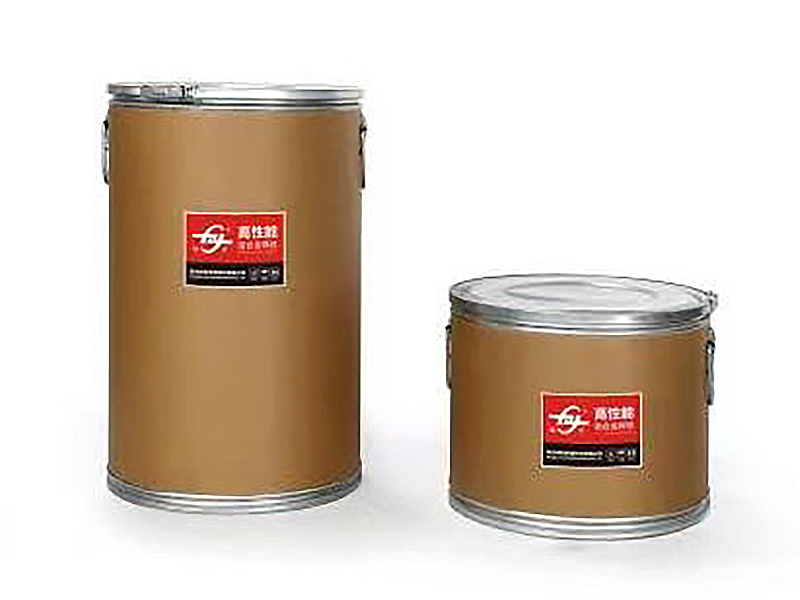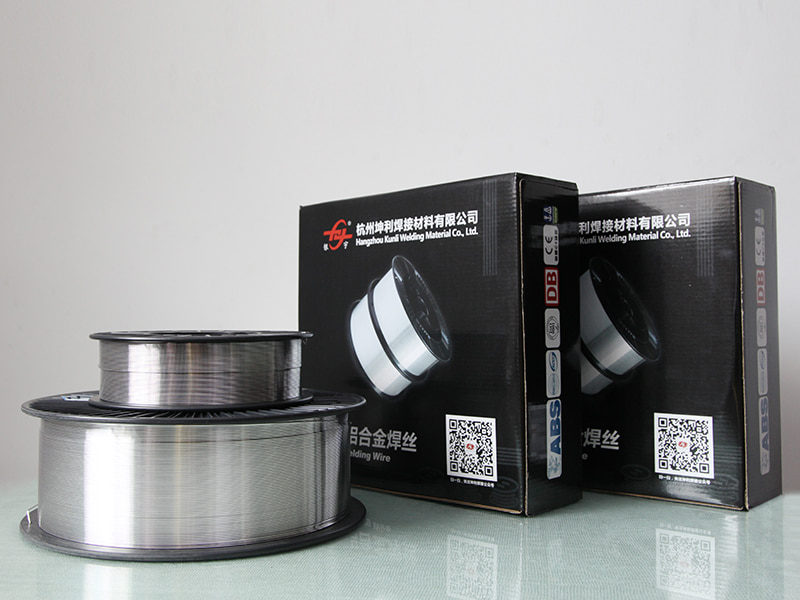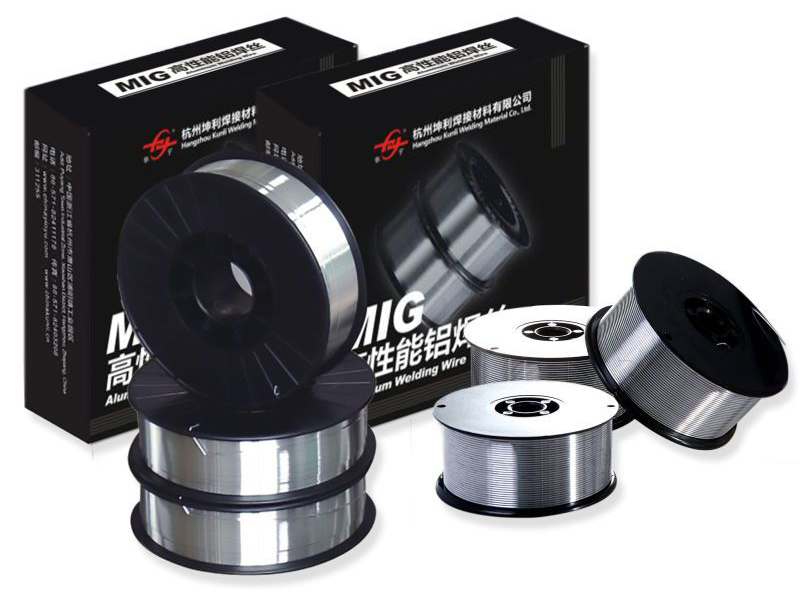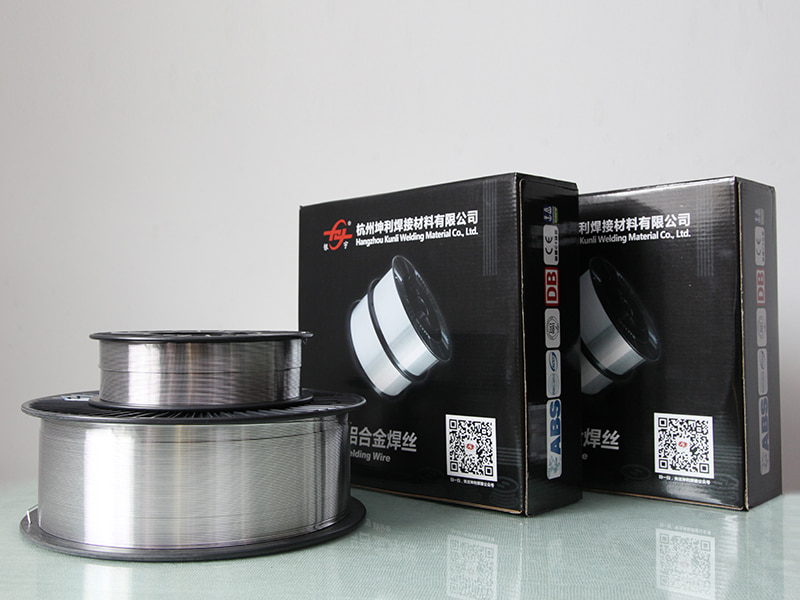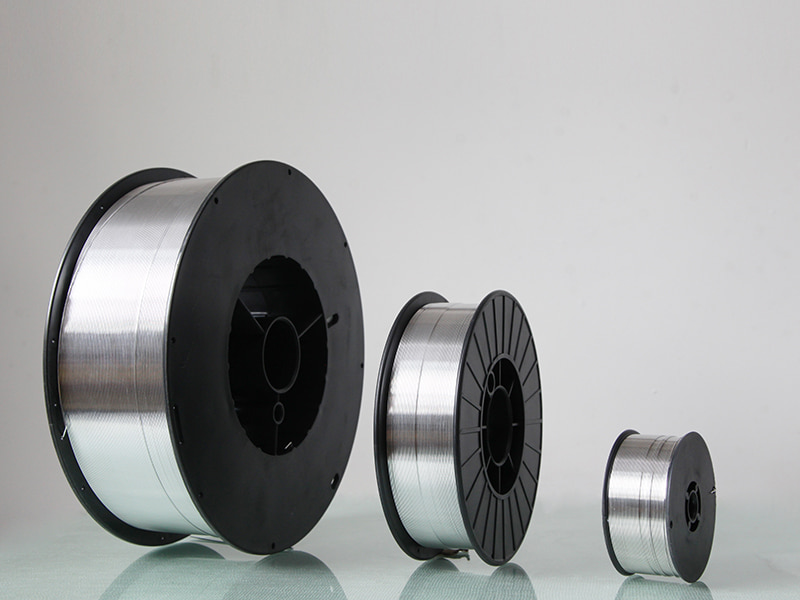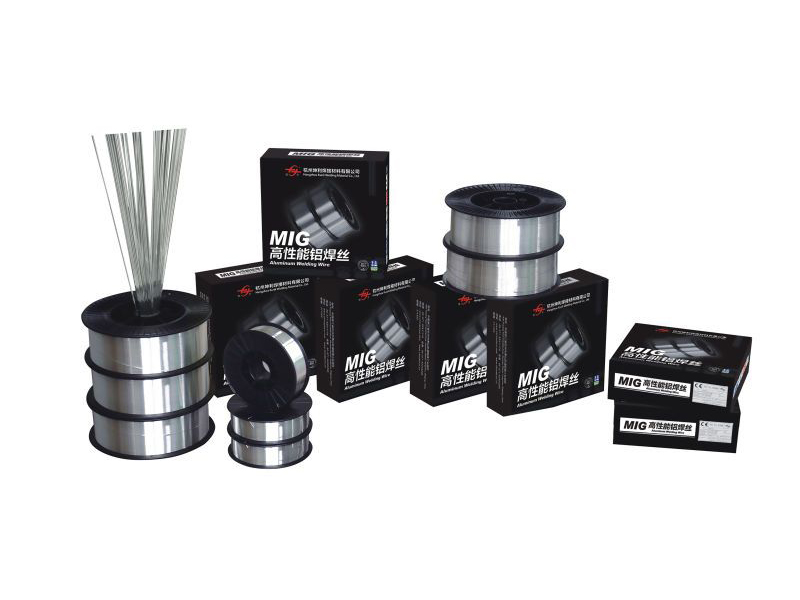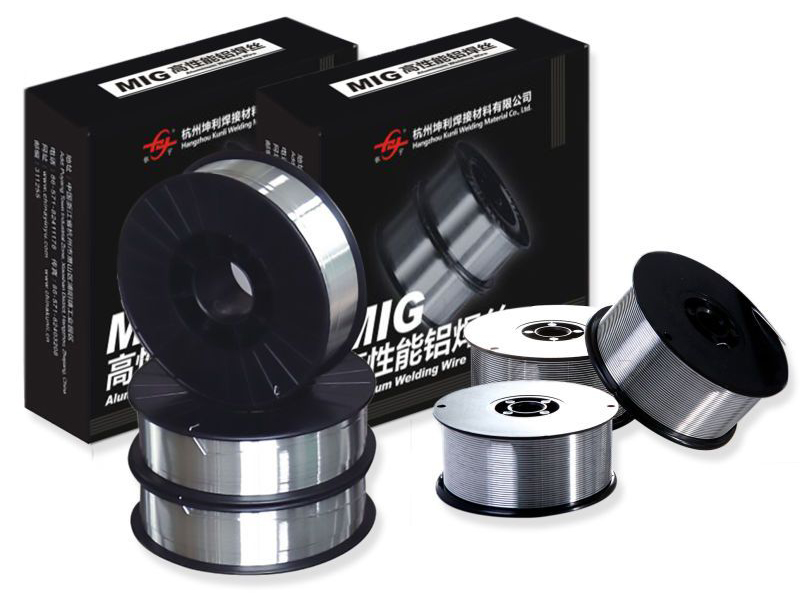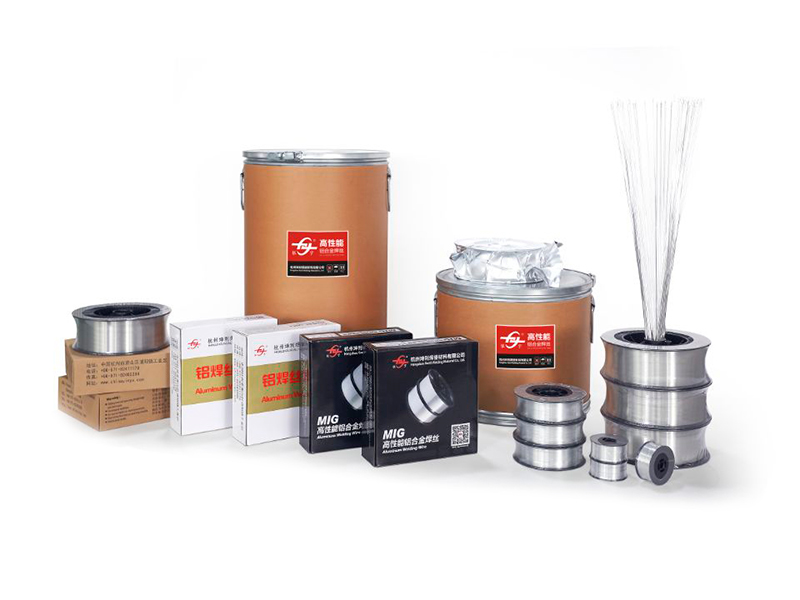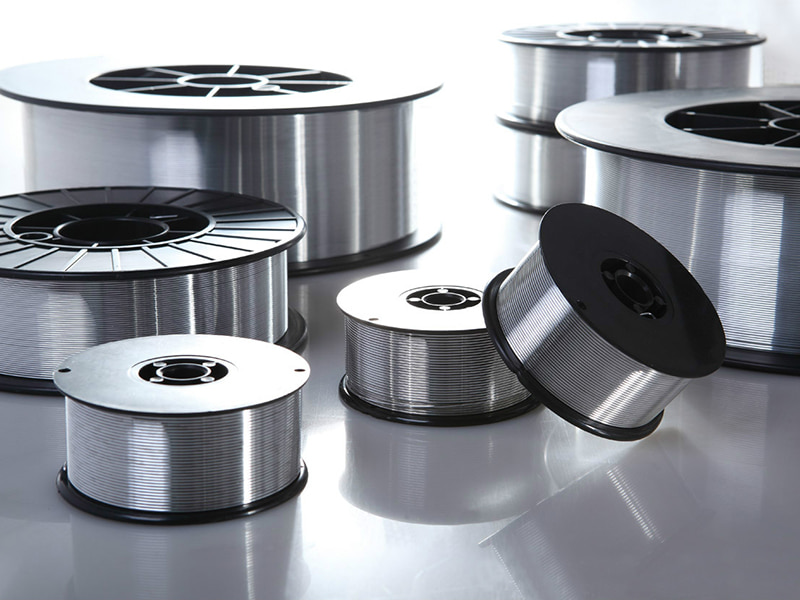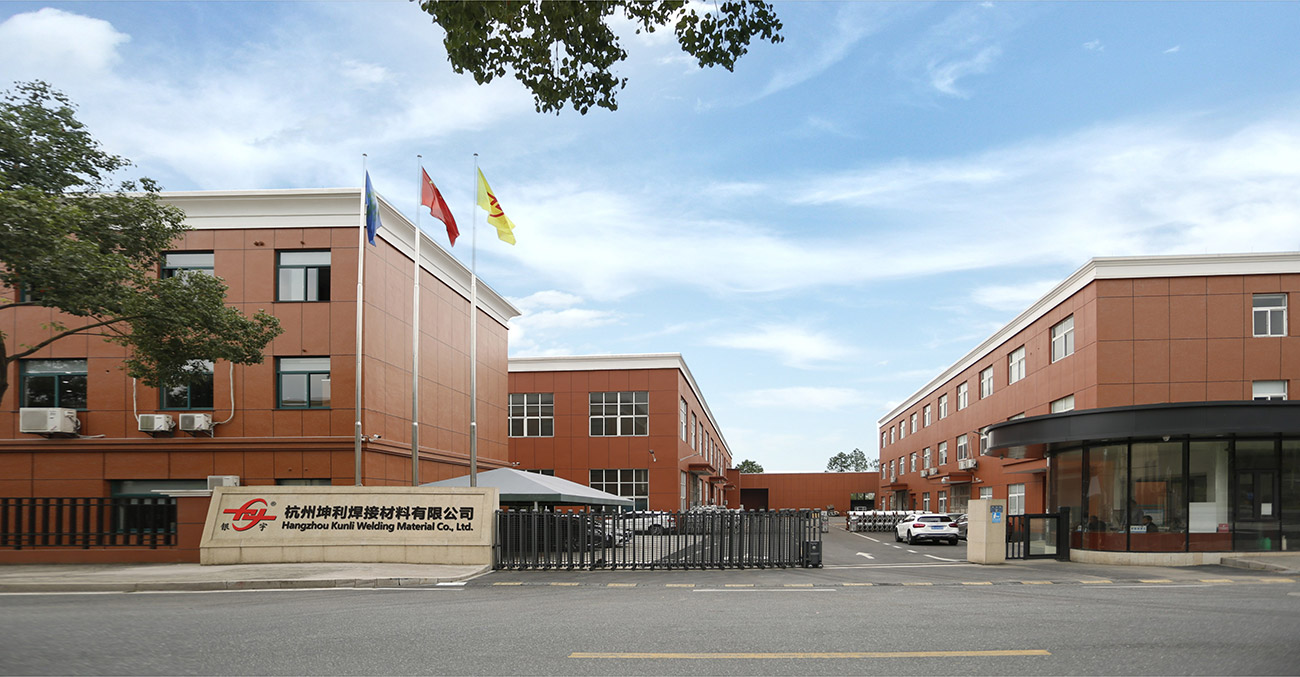Introduction
The 4XXX series (e.g., ER4043, ER4047) are the most widely used aluminum filler metals globally, prized for their excellent fluidity due to the addition of Silicon (Si). This low-melting, high-flow characteristic makes them ideal for intricate, thin-gauge, and cast aluminum welding, minimizing the risk of burn-through and improving aesthetic bead appearance. While generally lower in strength than 5XXX series, they are the preferred choice for heat-treatable base metals (like 6XXX series) where minimizing cracking is a primary concern.
Specification
| Alloy Base | Aluminum-Silicon (Al-Si) |
| Primary Grades | ER4043 (5% Si), ER4047 (12% Si - lower melting point) |
| Key Property | High fluidity, Low melting point, Crack resistance |
| Post-Weld | Generally non-heat-treatable (except specialized variants) |
| Color | Weld deposit often darkens (smuts) after anodizing |
Applications
Welding the 6XXX series structural alloys (e.g., 6061, 6063) in general fabrication.
Joining thin-gauge aluminum sheet metal and tubes in HVAC and automotive heat exchangers.
Repair and fabrication of cast aluminum components (engine blocks, castings).
Applications where the finished weld must be aesthetically appealing and easy to finish.
FAQ
- Q: Why does 4XXX series wire sometimes turn black after anodizing?
- A: The high silicon content in the weld deposit does not respond to the anodizing process in the same way as the base aluminum. The silicon appears as a dark grey or black smut, creating a visible contrast.
- Q: What is the main difference between ER4043 and ER4047?
- A: ER4047 has a higher silicon content (approx. 12% vs. 5% in ER4043), giving it a lower melting point, making it even more fluid and better for brazing, thinner joints, and cast component repair.
 English
English Deutsch
Deutsch
 English
English Deutsch
Deutsch

